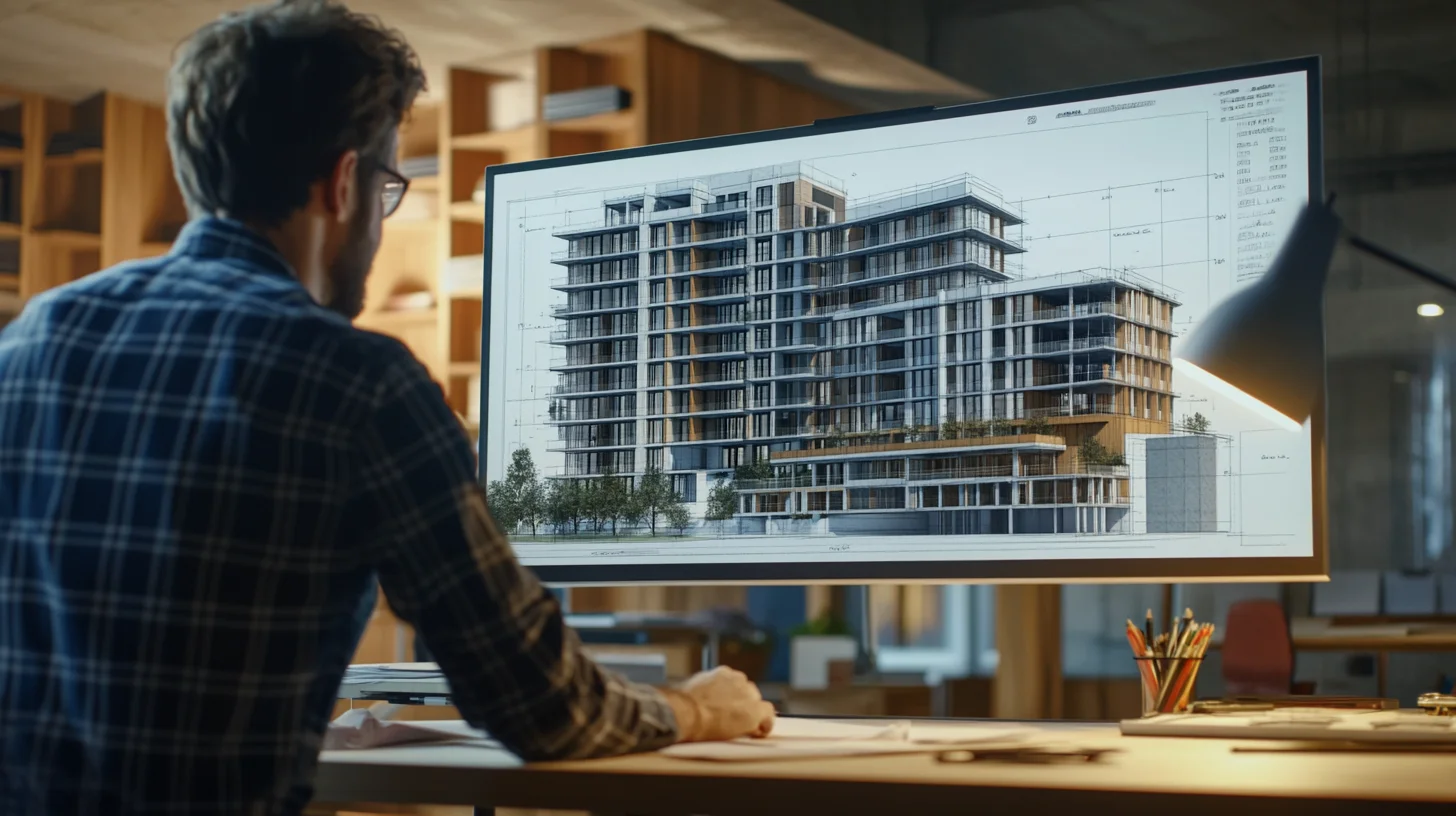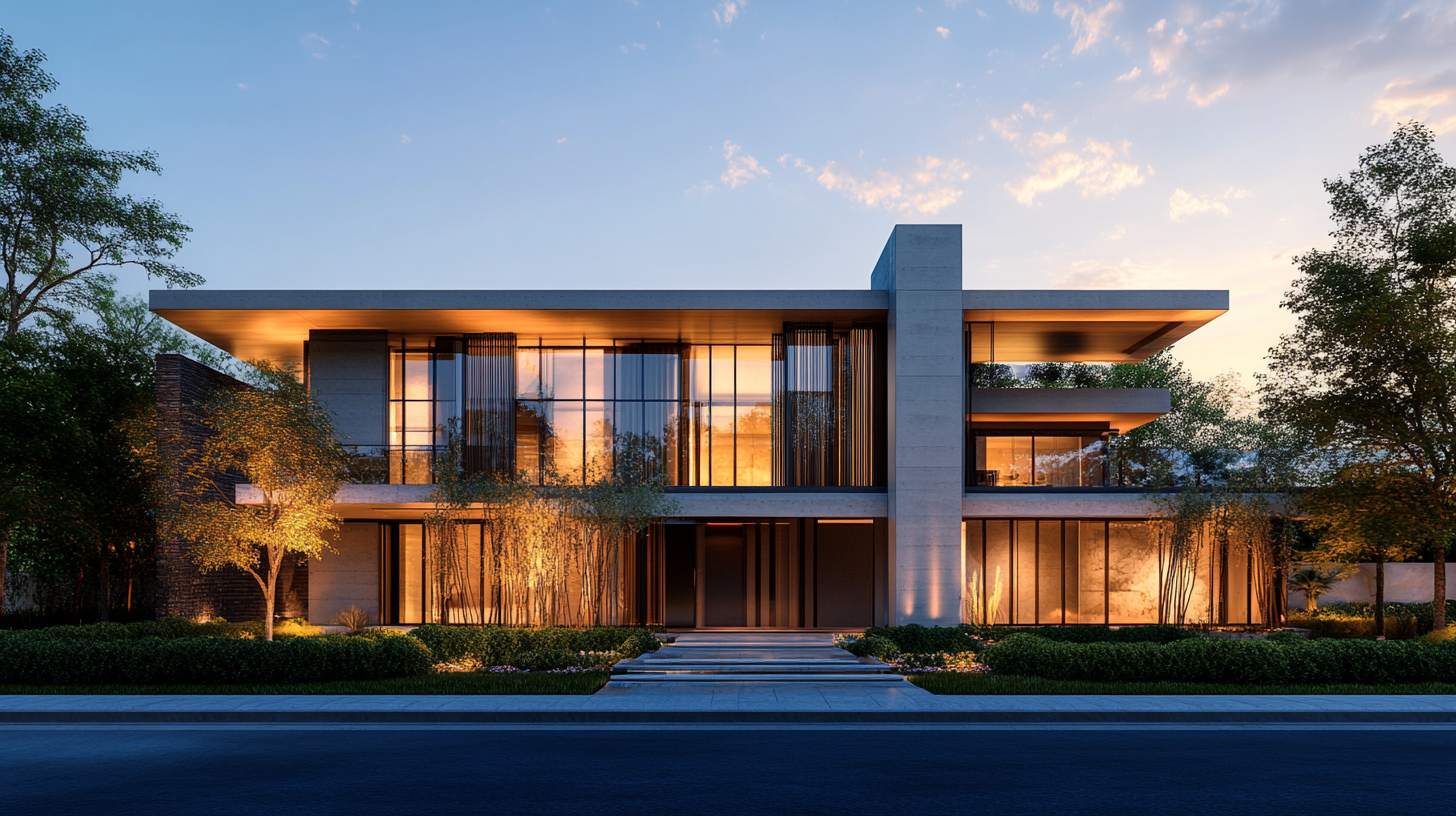
Top 10 Computational Design Tools Every Architect Should Master in 2025
The field of architecture is evolving at an unprecedented pace. With technological advancements redefining how designs are imagined, developed, and executed, computational design has emerged as the most transformative approach in modern architecture. If you’re an architect, design professional, or student aiming to stay ahead, mastering computational design tools isn’t just an option; it’s essential.
By 2025, computational workflows powered by AI, parametric modeling, and generative design will shape how projects are conceived. These tools not only boost creativity but also open avenues for efficiency, sustainability, and adaptive problem-solving. This guide will introduce you to the Top 10 Computational Design Tools every architect should be fluent in by 2025, giving you a roadmap to stay competitive and future-ready.
What is Computational Design?
Before jumping into the tools, it’s crucial to understand what computational design is all about. At its core, it revolves around algorithmic thinking, data-driven processes, and parameter-based design. Using these methods, architects can create complex geometries, simulate real-world conditions, and improve designs based on actionable data.
Unlike traditional approaches, computational design doesn’t limit creativity. Instead, it enhances it by offering vast possibilities for form and function optimization. Think of it as a toolbox that combines mathematics, geometry, and programming to help architects tackle modern challenges like sustainability, smart city design, and structural efficiency.
Top 10 Computational Design Tools for 2025
Here’s a curated list of must-learn tools for architects looking to lead the future of design.
1. Rhino 3D
Rhino 3D is the backbone of computational design. Known for its ability to handle complex geometries, it’s the go-to solution for creating intricate architectural forms with precise modeling. Whether you’re designing bespoke façades or experimental structures, Rhino offers unparalleled flexibility and control.
Why Rhino 3D?
- Industry standard for complex surface and solid modeling.
- Integrates seamlessly with Grasshopper and several plugins.
- Ideal for everything from initial design iterations to final fabrication.
2. Grasshopper
Grasshopper brings parametric design to life. Working as a visual programming language within Rhino, it allows architects to create complex forms, automate processes, and integrate multiple design solutions. From environmental analysis to AI plugins, Grasshopper’s versatility makes it indispensable.
Why Grasshopper?
- Essential for parametric and generative design workflows.
- Compatible with tools for analysis, fabrication, and AI integration.
- Allows architects to explore iterative design possibilities.
3. Dynamo
For architects working with Autodesk Revit, Dynamo is a must. This visual programming tool automates BIM workflows, making tasks like parametric modeling and data management seamless within Revit.
Why Dynamo?
- Bridges computational design and BIM processes.
- Ideal for automating tedious manual workflows.
- Enhances team collaboration on large-scale projects.
4. Blender (with Sverchok & Geometry Nodes)
Blender, an open-source 3D modeling and visualization tool, is gaining traction in architecture thanks to its flexibility. Paired with Sverchok or Geometry Nodes, it offers architects the ability to create generative and procedural designs for free.
Why Blender?
- Excellent for architectural visualization and generative design.
- Free and open-source, with active community support.
- Great alternative for those starting with computational tools.
5. Autodesk Revit
When it comes to Building Information Modeling (BIM), Autodesk Revit reigns supreme. While primarily a BIM tool, it also supports computational design when used in tandem with Dynamo.
Why Autodesk Revit?
- Streamlines architectural design and documentation.
- Perfect for large-scale projects requiring precision.
- Enhances collaboration across multidisciplinary teams.
6. Ladybug & Honeybee (Grasshopper Plugins)
For architects focusing on environmental and sustainable design, Ladybug and Honeybee are lifesavers. These open-source plugins integrate with Grasshopper to perform accurate daylighting, solar, and energy simulations.
Why Ladybug & Honeybee?
- Helps create energy-efficient buildings.
- Offers tools for climate analysis and daylight optimization.
- A must-have for environmentally conscious architects.
7. AI Generative Design Tools
Cutting-edge AI-powered generative design tools like Autodesk Generative Design and Finch3D are pushing boundaries in terms of structural efficiency and space optimization. This empowers architects to explore ideas that go beyond their imagination.
Why AI Generative Tools?
- Enables smarter, data-driven decision-making.
- Optimizes layouts, material usage, and energy performance.
- Simplifies iterative options for design refinement.
8. Karamba3D (Grasshopper Plugin)
Karamba3D is a go-to plugin for structural analysis within Grasshopper. By offering real-time feedback on a design’s structural performance, it allows architects to balance creativity and practicality.
Why Karamba3D?
- Integrates structural simulation directly into your design process.
- Enables quick adjustments without exporting to external software.
- Great for designing geometrically complex structures.
9. Unreal Engine / Twinmotion
Visualization is becoming a key aspect of architectural design, and real-time rendering tools like Unreal Engine and Twinmotion are making immersive presentations easier than ever. They also integrate computational models for interactive walkthroughs.
Why Unreal Engine / Twinmotion?
- Real-time rendering for highly realistic visualizations.
- Interactive experiences for client presentations.
- Integrates computational workflows for seamless communication.
10. Python (and C# Basics)
To fully unlock the potential of tools like Grasshopper and Dynamo, architects should learn basic programming with Python and C#. These skills allow for customization, automation, and the creation of highly specific workflows.
Why Python?
- Universally applicable across computational design platforms.
- Automates repetitive tasks and expands design capabilities.
- Great for architects looking to push computational methods further.
Why These Tools Are Essential in 2025
The architecture industry is rapidly moving towards AI-inspired solutions, sustainable practices, and smart city infrastructure. Here’s why mastering these computational design tools will be critical:
- Smarter and Faster Workflows: Automate repetitive tasks, gain real-time data insights, and deliver projects faster.
- Competitive Edge: Clients are demanding optimized, data-informed designs that meet modern needs.
- Sustainability: Computational tools help architects simulate energy performance and optimize resources.
- Adaptation to Industry Expectations: Generative tools and AI simulations are no longer optional; they’re becoming standard expectations for top-tier firms.
How to Start Learning These Tools
Whether you’re new to computational design or looking to expand your expertise, here’s where you can begin:
- Online Learning Platforms:
- Rhino 3D & Grasshopper tutorials on YouTube.
- Dynamo and Revit courses on LinkedIn Learning.
- Python and programming basics on Codecademy.
- Communities and Forums:
- Join Grasshopper’s official forum or Blender’s vibrant community to ask questions and share knowledge.
- Workshops & Certifications:
- Attend workshops offered by platforms like McNeel or Autodesk.
- Look for certification courses that enhance your resume.
Start small, focus on one tool, and gradually integrate new skills into your workflow. The future rewards those willing to explore and adapt.
Take the Lead in 2025
Computational design isn’t just a trend; it’s the future of architecture. Mastering tools like Rhino 3D, Grasshopper, and Dynamo will not only save you time and resources but will also allow you to solve complex design problems creatively. The industry needs architects who understand how to integrate technology, sustainability, and artistry into their work. Will you be one of them?
Begin your exploration today. Sign up for tutorials, join forums, and start experimenting with these tools. The future is computational, and it’s waiting for you to take the lead.



